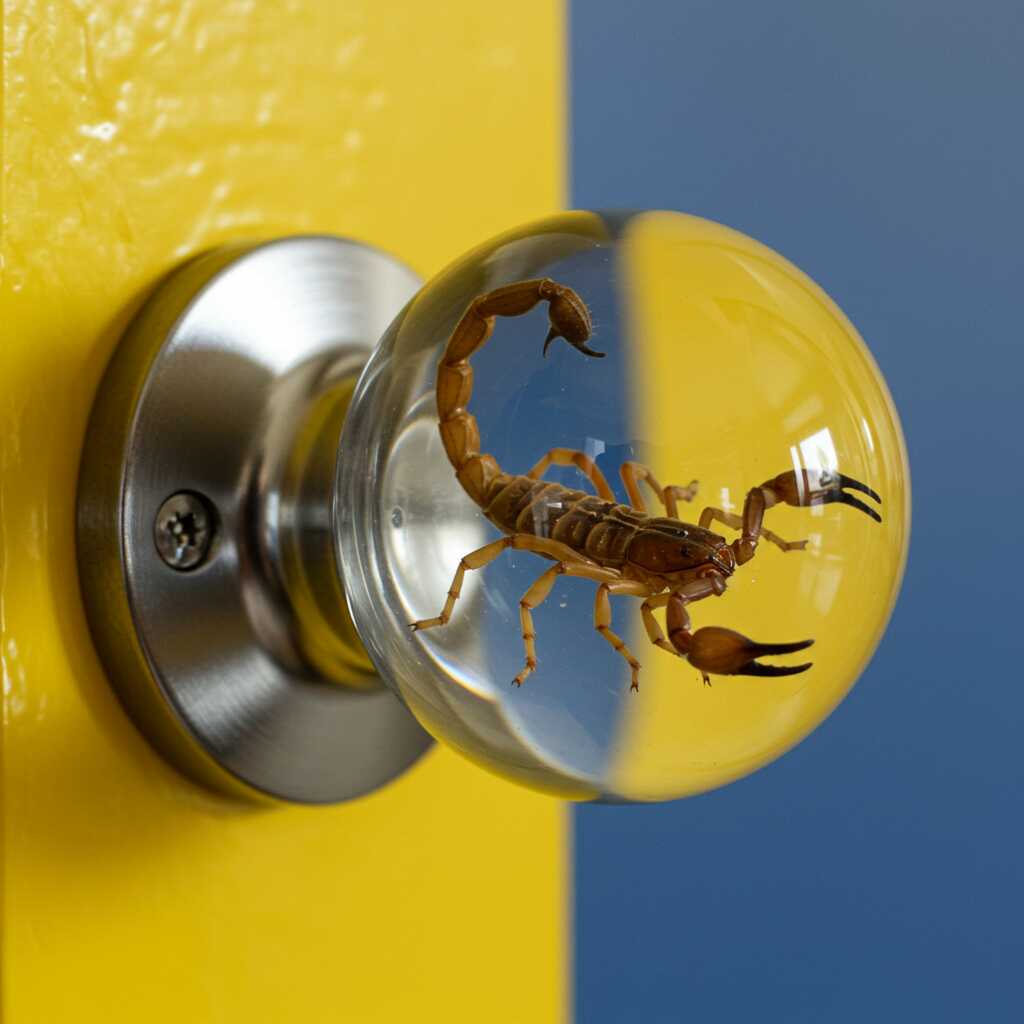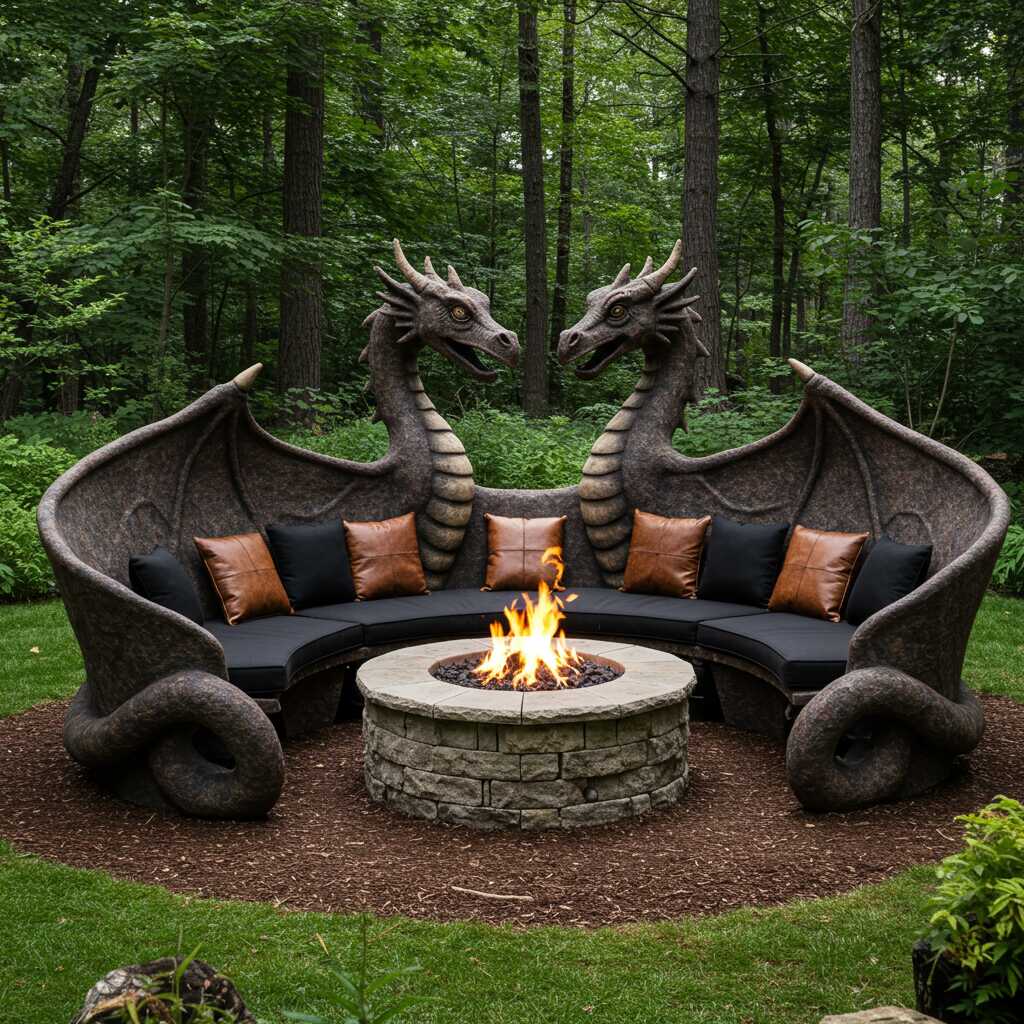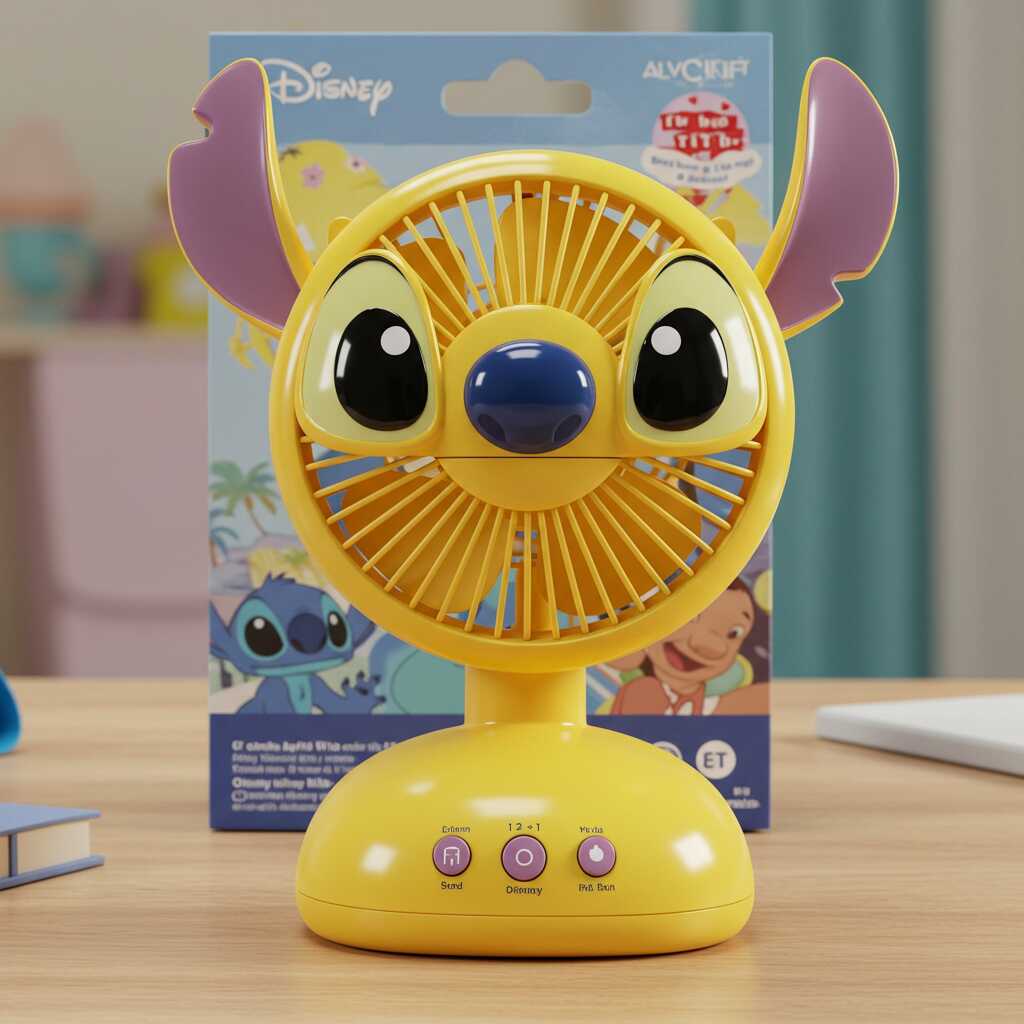In the world of design, functionality often takes precedence over aesthetics, but when nature’s intricate forms are woven into utilitarian objects, something extraordinary emerges. One such example is the rise of insect themed door knobs—a fascinating fusion of art, craftsmanship, and practicality. These small yet impactful design elements draw inspiration from the natural world, transforming mundane hardware into a celebration of life’s smallest wonders. The delicate wings of a butterfly, the segmented exoskeleton of a beetle, or the graceful curvature of an antelope moth can all be reimagined in metal, wood, or glass to create functional masterpieces that elevate any space.
The appeal of insect-themed door knobs lies not only in their visual allure but also in their ability to connect us with the natural world. Insects, though often overlooked, play a vital role in ecosystems worldwide, symbolizing resilience, transformation, and adaptability. By incorporating these creatures into everyday objects, designers invite us to pause and reflect on the beauty and complexity of the environment around us. This article delves into the multifaceted charm of insect-themed door knobs, exploring how they harmonize form and function while fostering a deeper appreciation for the delicate balance between human creativity and the natural world.
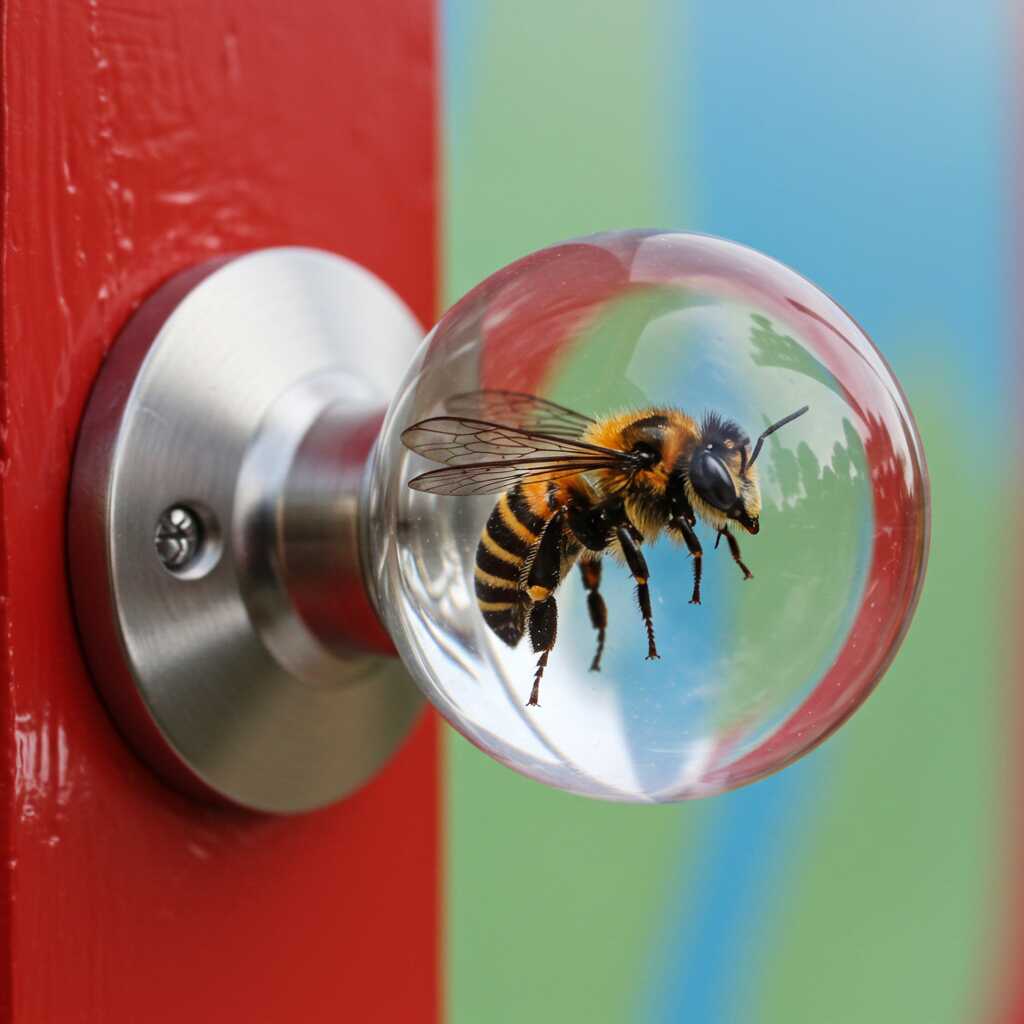
The Artistic Allure of Insect Designs
Intricate Patterns and Textures Inspired by Nature
The intricate patterns and textures found in insect-themed door knobs are testaments to the boundless creativity of designers who seek to emulate the wonders of the natural world. From the iridescent shimmer of a dragonfly’s wings to the geometric precision of a honeybee’s honeycomb, each design element captures the essence of its biological counterpart. Artists often employ techniques like etching, engraving, and embossing to replicate the fine details of an insect’s anatomy, creating tactile experiences that engage both sight and touch. For instance, a door knob inspired by a scarab beetle might feature a polished surface that mimics the glossy sheen of its shell, while subtle grooves evoke the texture of its protective exoskeleton.
These designs go beyond mere replication; they celebrate the unique qualities of insects as symbols of diversity and ingenuity. Consider the delicate lacework of a cicada’s wings, which can inspire a minimalist yet striking design that appears almost ethereal in certain lighting. Alternatively, the bold curves of a praying mantis’s limbs might translate into a more dynamic and angular aesthetic, appealing to those who appreciate modern, avant-garde styles. Each piece becomes a canvas where the infinite variety of insect life meets the constraints of functional design, resulting in works that are both beautiful and purposeful.
A Celebration of Biodiversity Through Design
Beyond their visual appeal, insect-themed door knobs serve as a tribute to the incredible biodiversity that exists within the insect kingdom. With millions of species identified and countless others yet to be discovered, insects represent one of the most diverse groups of organisms on Earth. By drawing inspiration from this vast array of life forms, designers highlight the importance of preserving these creatures and the ecosystems they inhabit. A door knob modeled after a monarch butterfly, for example, not only showcases its vibrant orange and black pattern but also serves as a reminder of the species’ epic migratory journey and the threats it faces due to habitat loss and climate change.
Incorporating insect motifs into design also encourages a shift in perspective, urging us to see beauty in the often-overlooked corners of our environment. Whether it’s the industriousness of ants, the elegance of damselflies, or the mysterious allure of fireflies, each insect carries its own story and significance. When these narratives are translated into functional art, they invite us to reconsider our relationship with the natural world and recognize the interconnectedness of all living things.
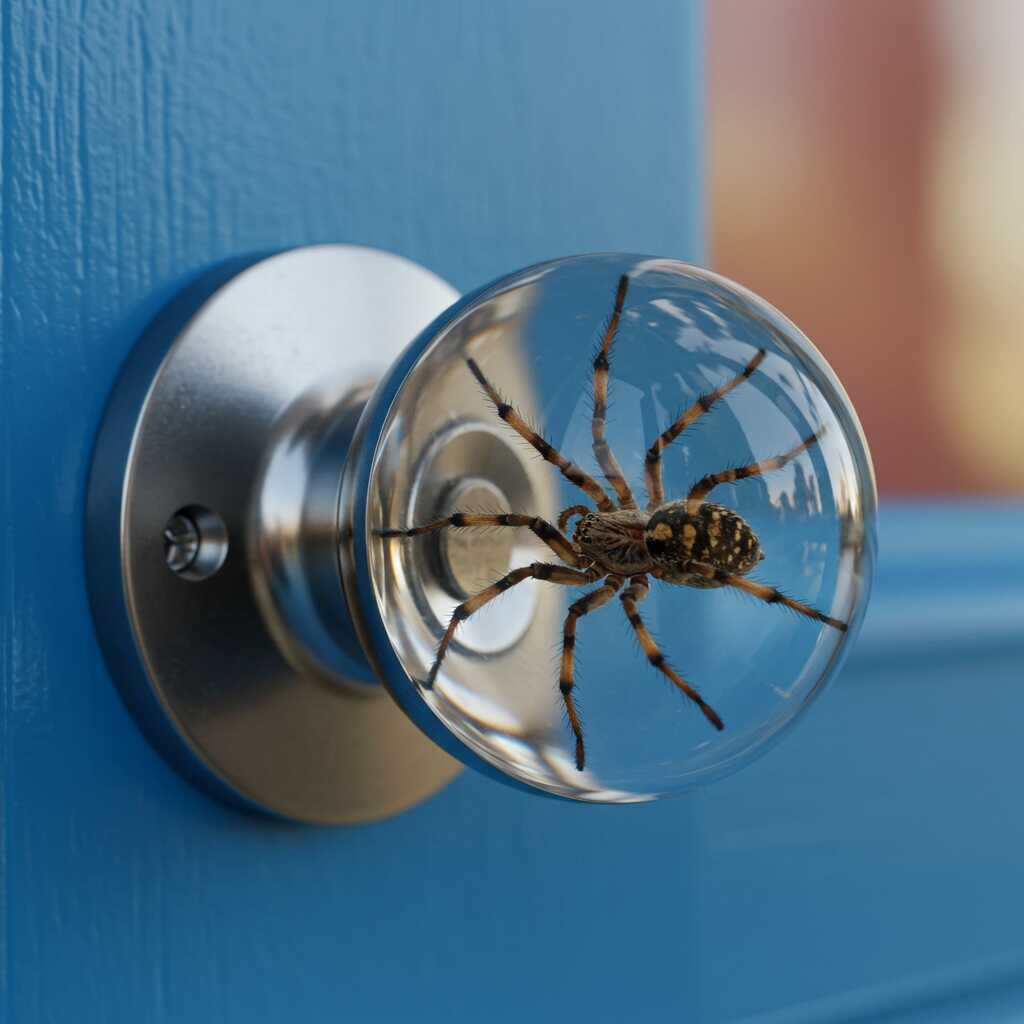
Functionality Redefined: How Insect-Themed Door Knobs Enhance Everyday Life
Ergonomics and Usability in Design
While the artistic value of insect-themed door knobs is undeniable, their functionality remains equally important. Designers carefully consider ergonomics to ensure that these decorative pieces do not compromise usability. For example, a door knob shaped like a dragonfly must still fit comfortably in the hand and operate smoothly, whether it’s a lever-style handle or a traditional round knob. Materials such as brass, bronze, or even sustainably sourced wood are chosen not only for their aesthetic qualities but also for their durability and resistance to wear and tear.
The integration of insect-inspired elements into functional hardware demonstrates how creativity can enhance user experience without sacrificing practicality. A knob resembling a snail’s spiral shell might incorporate grooves that improve grip, while a design based on a spider’s web could use negative space to reduce weight without compromising strength. These thoughtful adaptations showcase how nature’s principles of efficiency and adaptability can inform human innovation, resulting in products that are as intuitive as they are visually captivating.
Symbolic Meaning and Emotional Connection
Beyond their physical attributes, insect-themed door knobs carry symbolic meanings that enrich the spaces they inhabit. In many cultures, insects are associated with themes of transformation, renewal, and resilience—qualities that resonate deeply with the human experience. A butterfly-themed door knob, for instance, might symbolize personal growth or the passage of time, making it a meaningful addition to a home office or meditation room. Similarly, a design inspired by bees could represent community and collaboration, serving as a fitting centerpiece for a shared workspace or communal area.
These symbolic connections foster an emotional bond between users and their surroundings, turning everyday interactions with a door knob into moments of reflection and inspiration. Whether consciously or subconsciously, people respond to the stories embedded in these designs, finding joy and meaning in the intersection of utility and artistry. In this way, insect-themed door knobs transcend their role as mere hardware, becoming conduits for storytelling and self-expression.
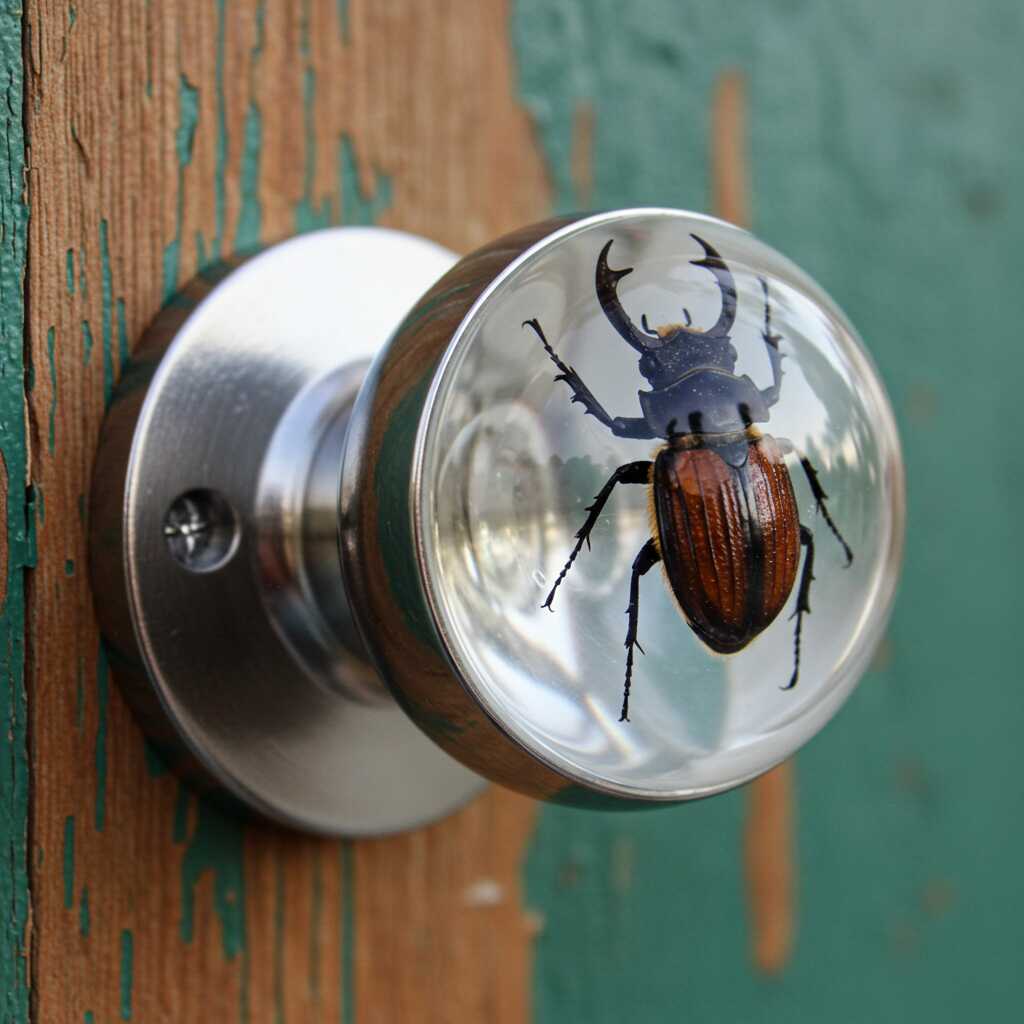
Environmental Awareness Through Design
Promoting Appreciation for Insects and Their Ecosystems
Insect-themed door knobs have the potential to spark conversations about environmental conservation and the critical role insects play in maintaining ecological balance. Bees, for example, are essential pollinators responsible for the reproduction of many plant species, including crops that feed billions of people worldwide. By incorporating bee motifs into design, artists can draw attention to the plight of declining bee populations and encourage greater awareness of sustainable practices. Similarly, a door knob featuring a ladybug design might highlight the beneficial role these insects play in controlling pest populations, underscoring the importance of protecting natural predators in agricultural systems.
Design has always been a powerful medium for education and advocacy, and insect-themed door knobs are no exception. When people encounter these pieces in their daily lives, they are reminded of the intricate web of life that sustains our planet. This heightened awareness can inspire individuals to adopt more environmentally conscious behaviors, from planting pollinator-friendly gardens to supporting initiatives aimed at conserving insect habitats. In this way, design becomes a tool for fostering empathy and responsibility toward the natural world.
Encouraging Sustainable Practices in Design
The creation of insect-themed door knobs also presents an opportunity to champion sustainability within the design industry. Many designers prioritize eco-friendly materials and production methods, ensuring that their work aligns with the values of environmental stewardship. Recycled metals, biodegradable resins, and responsibly sourced woods are just a few examples of materials that can be used to craft these pieces while minimizing environmental impact. Additionally, some designers incorporate upcycling techniques, repurposing discarded items into unique and innovative designs that honor the principles of circular economy.
By embracing sustainable practices, creators of insect-themed door knobs not only pay homage to the creatures that inspire them but also contribute to the broader movement toward greener design. This commitment to sustainability reinforces the message that humans and nature can coexist harmoniously, inspiring others to adopt similar approaches in their own creative endeavors. Through thoughtful design choices, we can honor the beauty of the natural world while safeguarding it for future generations.
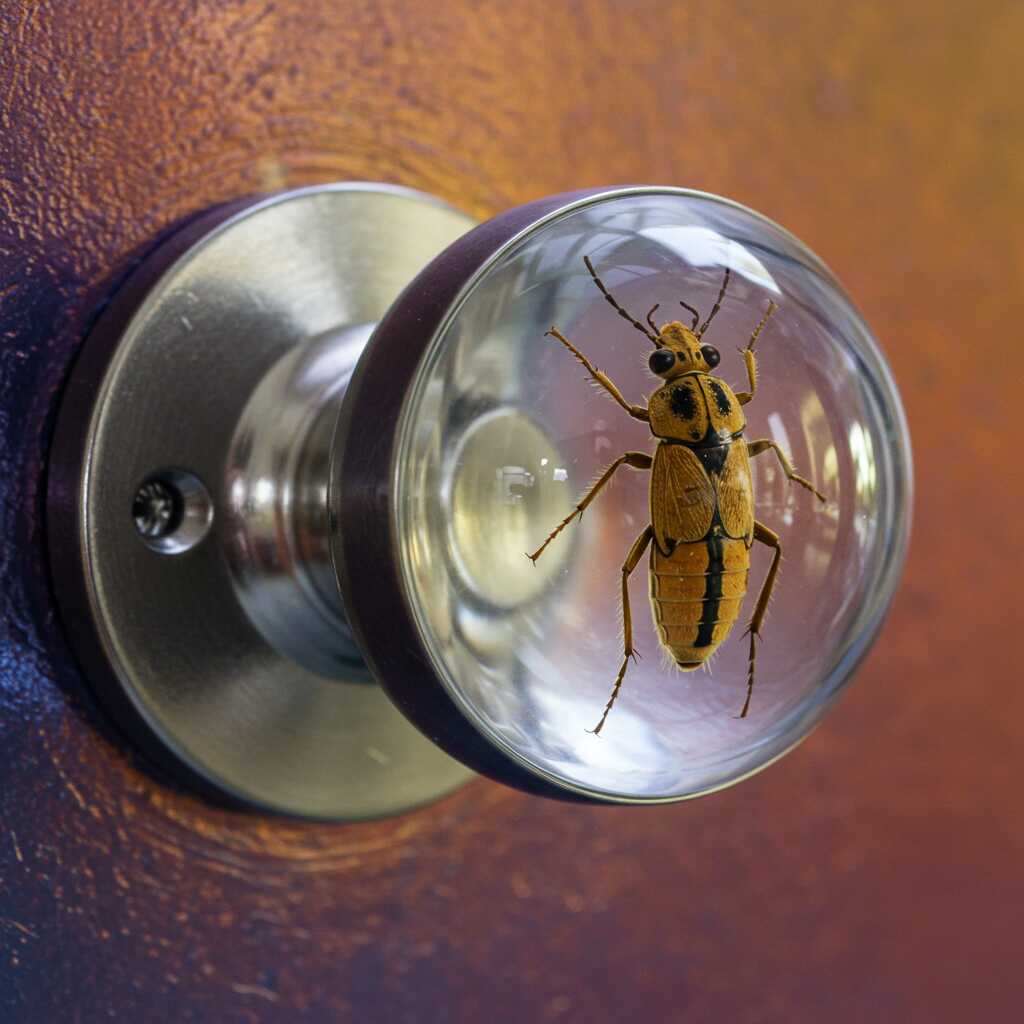
Conclusion: A Harmonious Blend of Nature and Innovation
Insect-themed door knobs exemplify the profound connection between nature and human ingenuity, offering a glimpse into what is possible when we allow ourselves to be inspired by the world around us. These designs remind us that beauty and functionality need not exist in opposition; rather, they can complement one another to create objects that are both practical and profound. From the intricate patterns that mimic the wings of a butterfly to the ergonomic considerations that ensure ease of use, every aspect of these creations reflects a deep respect for the interplay between form and purpose.
Moreover, insect-themed door knobs serve as catalysts for reflection and action, encouraging us to appreciate the delicate ecosystems that sustain life on Earth. By integrating these designs into our homes and workplaces, we forge a tangible link between our daily routines and the natural world, fostering a sense of wonder and responsibility. As we continue to explore new ways to merge art and utility, let us draw inspiration from the smallest among us, celebrating the beauty and resilience of insects and the lessons they offer about harmony, adaptation, and coexistence.
